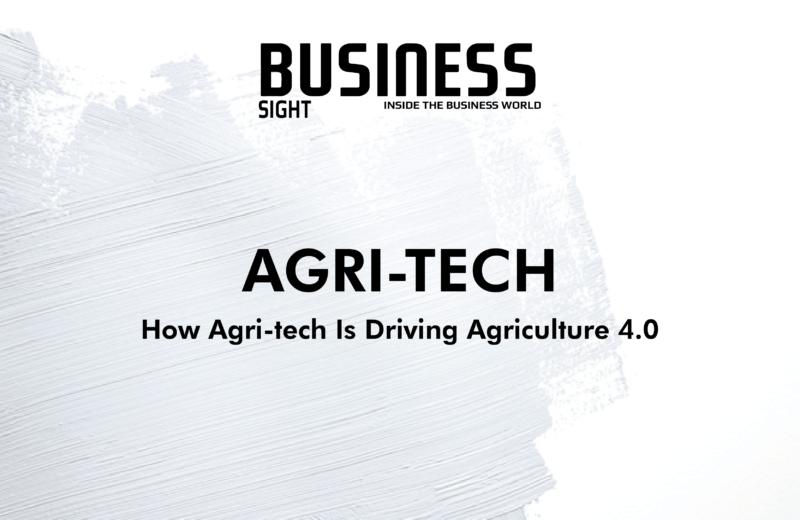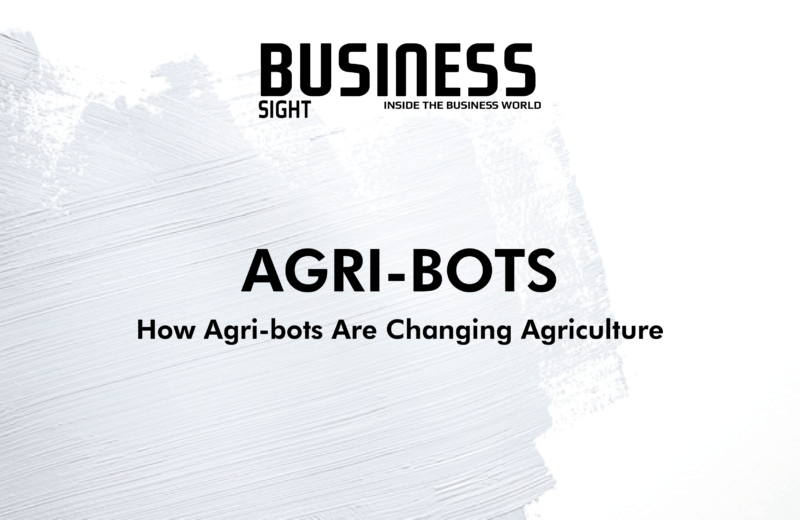India is home to more than 450 Agri-tech segment start-ups, the agriculture sector has received more than USD 248 million in funding. With more and more local farmers accepting innovative startup solutions, there has been a considerable shift witnessed from B2C to B2B startups. There has been a 1.7-times increase in average farmer income in the last decade, enabling farmers to try new tech solutions. More than 50 percent of Agri-tech startups offer supply chain solutions like market linkage, better access to inputs etc. In the last five years, more than five global Agri-tech companies have ventured in India, as compared to more than 25 Indian Agri-tech startups with a global presence. Also, new emerging areas like market linkage, digital agriculture, better access to inputs, FaaS (Farming-as-a-Service) and financing to help local farming become a sustainable and profit-yielding enterprise.
By 2020, the Agri-tech sector is going to be a center of attraction of innovation which will lead the country to overall transformation. The state government and local and private enterprises are investing in Agri-tech to boost the industry. Measures like setting up of micro-funds ranging up to USD 2-14 million to spur innovation, offering support in terms of incubation, acceleration, and catalytic funding, the opening of incubation centers need to be implemented.
The technologies driving agriculture 4.0 are AI, blockchain, robotics, IoT, etc., which will create more employment and will accelerate the pace with which Agri-tech companies are growing. The ecosystem needs to focus on driving innovation, data collaboration, easy working capital and providing digital infrastructure to enable real-time access to farmers across the country.
Robotics
Drones are making waves in the agriculture sector which is giving farmers more viable options to farm. Crop spraying: Drones can scan the ground, spraying in real-time for even coverage and it will result in spraying to be five times faster with drones than traditional machinery. Planting: Drone and robotic planting systems have decreased planting costs by 85 percent. These systems allow shooting seeds and nutrients into the soil, providing all nutrients necessary for growing crops. Health Assessment: By scanning a crop using both visible and near-infrared light, drones can help track changes in plants and indicate their health and alert farmers to disease and prompt action.
Blockchain
Blockchain has mainly been used in virtual currencies but the technology has far wider applications. Blockchain can reduce inefficiencies and fraud, and improve food safety, farmer pay, and transaction times. In agriculture, blockchain can be used to trace a product every step of the way, from pasture to plate. While people are leaning more towards organic products, blockchain can be used to give people uncorrupted and authoritative records from where their food is coming and how it is being handled.
IoT
Sensors can monitor moisture levels, soil conditions, sunlight, wind speed and all sorts of other factors whereas sensors on animals can track their health, fertility, location, and progress.















